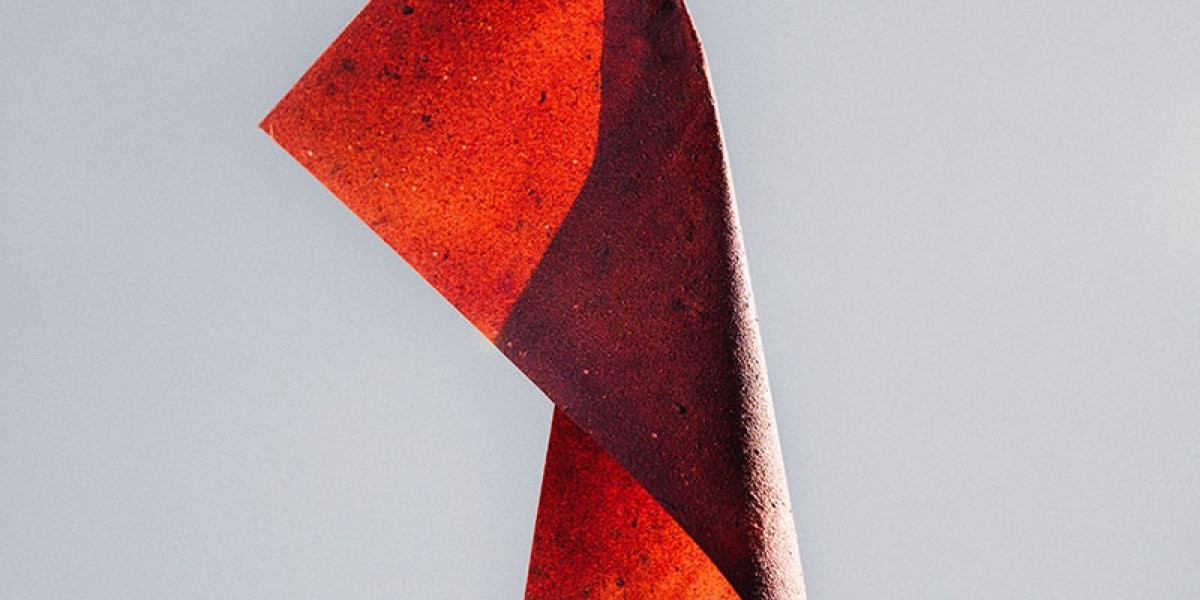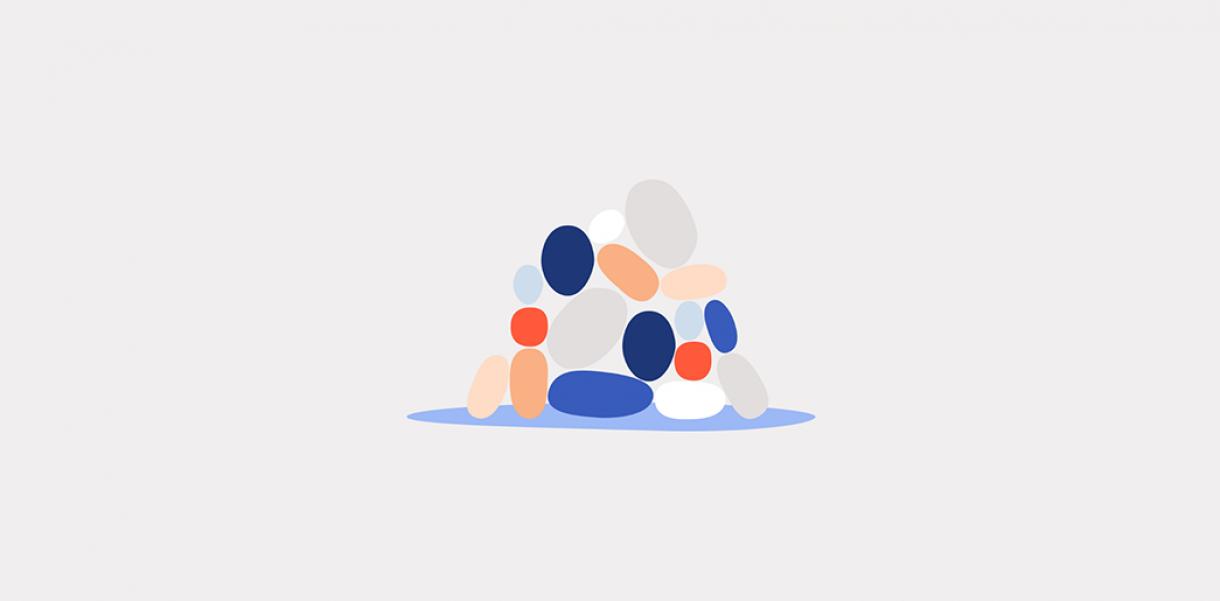What’s the design?
In 2013, strategic design firm Designit won the public tender of helping Oslo University Hospital redesign the experience for breast cancer patients. After facilitating workshops with 40 of the hospital’s employees and interviewing patients, they redesigned the patient’s path from general practitioner to diagnosis. Based on insights such as women’s own perception of patient status and complexity of routines, they deployed service design methods to make a 90% reduction in time from referral to diagnosis.
The hurdle
“The task at hand was how can we improve the experience of breast cancer patients,” Marie Hartmann, former Design Director at Designit in Norway and Founder of SIKT, shares with us. “Designit is a design company with the expertise of facilitating a user-centred design process, so the whole process was evolved around co-creation and workshops.”
The first part of the phase was trying to understand how things were already working, the main challenges, and where there were opportunities for change. “We had one workshop where we mapped out the process with 40 employees, and we found that they were working very silo-based,” Hartmann remembers. “We then drew a diagram of the typical user journey and presented it to the hospital employees, and then came the collective ‘aha’ moment -- no one knew how complicated the journey actually was until they saw it from the perspective of the patient.”
As they gained more insights, Hartmann and her team of designers tried to nudge the hospital to come up with their own solution. But this proved to be more challenging than expected: “When you redesign a human system, change management is probably the most important thing,” says Hartmann. “The big question was, how do you get everyone on board to change the way they work? Throughout the entire process, there was a lot of resistance. Many employees felt hopeless, as they had already tried a lot of different things to fix it, without any results.”
The strategy
Designit made the design process co-creative. Instead of just presenting data, they facilitated idea workshops to ensure employees felt ownership while developing a solution. They then tested the final concept with both hospital staff and patients to make sure everyone was on board for the new solutions.
After the development stage, the hospital took a whole summer to successfully implement the new workflow. “One of the reasons why it succeeded was because everyone was systematically involved throughout the entire process,” Hartmann explains. “Good service design is about making people want to change and to truly see the value of why it’s needed. It's so essential - almost more so than coming up with a brilliant solution.”
In her recent projects, Hartmann has zeroed-in her focus on preparing organisations for change: “I’ve found that the whole change management perspective is inevitable,” she explains. “Yes, designers do have the toolbox to facilitate processes like this but, we need more respect for people that come from change management related fields.”
Tips from the designer
- Visualise the problem - Discussions are always helpful but sometimes communicating the problem visually can speak clearer and louder. Listen, process and visualise in charts, drawings, diagrams or whatever format is most useful.
- Prioritise change management - You can never do too much preparation when it comes to introducing change into the workplace. Preparing your staff, physically, mentally and emotionally, for change is the foundation for smooth implementation.
- Co-create with your user - Users that have helped create a solution will feel more ownership and, therefore, will be far more likely to utilise it much more effectively.
- Embrace multidisciplinary approaches - Recognise that design-thinking isn’t always enough. It’s important to question not only where design can play a role but where design should play a role.




